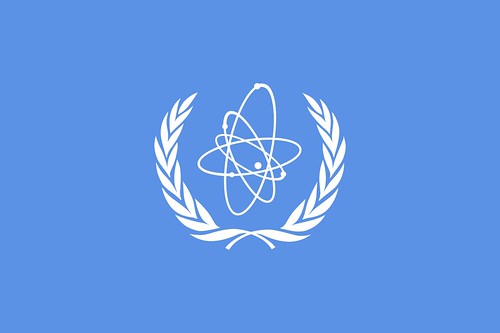The International Atomic Energy Agency is established.
The International Atomic Energy Agency (IAEA) is an independent international organization that serves as the global focal point for cooperation in the peaceful use of nuclear technology. It was established on July 29, 1957, by the United Nations (UN) in response to the “Atoms for Peace” initiative proposed by U.S. President Dwight D. Eisenhower in 1953.
The IAEA’s main objectives are:
Promoting the peaceful use of nuclear energy: The agency facilitates the transfer of nuclear technology and knowledge to member states for various peaceful applications, such as electricity generation, medicine, agriculture, industry, and scientific research.
Preventing the spread of nuclear weapons: The IAEA plays a crucial role in verifying and ensuring that nuclear materials and facilities are used exclusively for peaceful purposes. It safeguards nuclear materials and facilities to prevent their diversion to nuclear weapons development.
Enhancing nuclear safety and security: The agency assists member states in establishing and maintaining high levels of nuclear safety to protect people and the environment from the potential hazards of nuclear activities. It also supports efforts to prevent nuclear and radiological terrorism.
Promoting nuclear science and technology: The IAEA fosters research and development in nuclear science and technology, helping member states benefit from the peaceful applications of nuclear energy.
The IAEA operates through its Secretariat, which is based in Vienna, Austria. Member states voluntarily contribute to the agency’s budget and resources, and its work is guided by the General Conference and the Board of Governors. The General Conference, consisting of all member states, meets annually to set the agency’s policies and budget, while the Board of Governors, composed of 35 member states elected by the General Conference, meets periodically to make decisions on various technical and policy matters.
The IAEA collaborates with other international organizations, governments, and non-governmental organizations to fulfill its mission effectively. Its work is vital in promoting the responsible and safe use of nuclear energy while preventing the proliferation of nuclear weapons.


